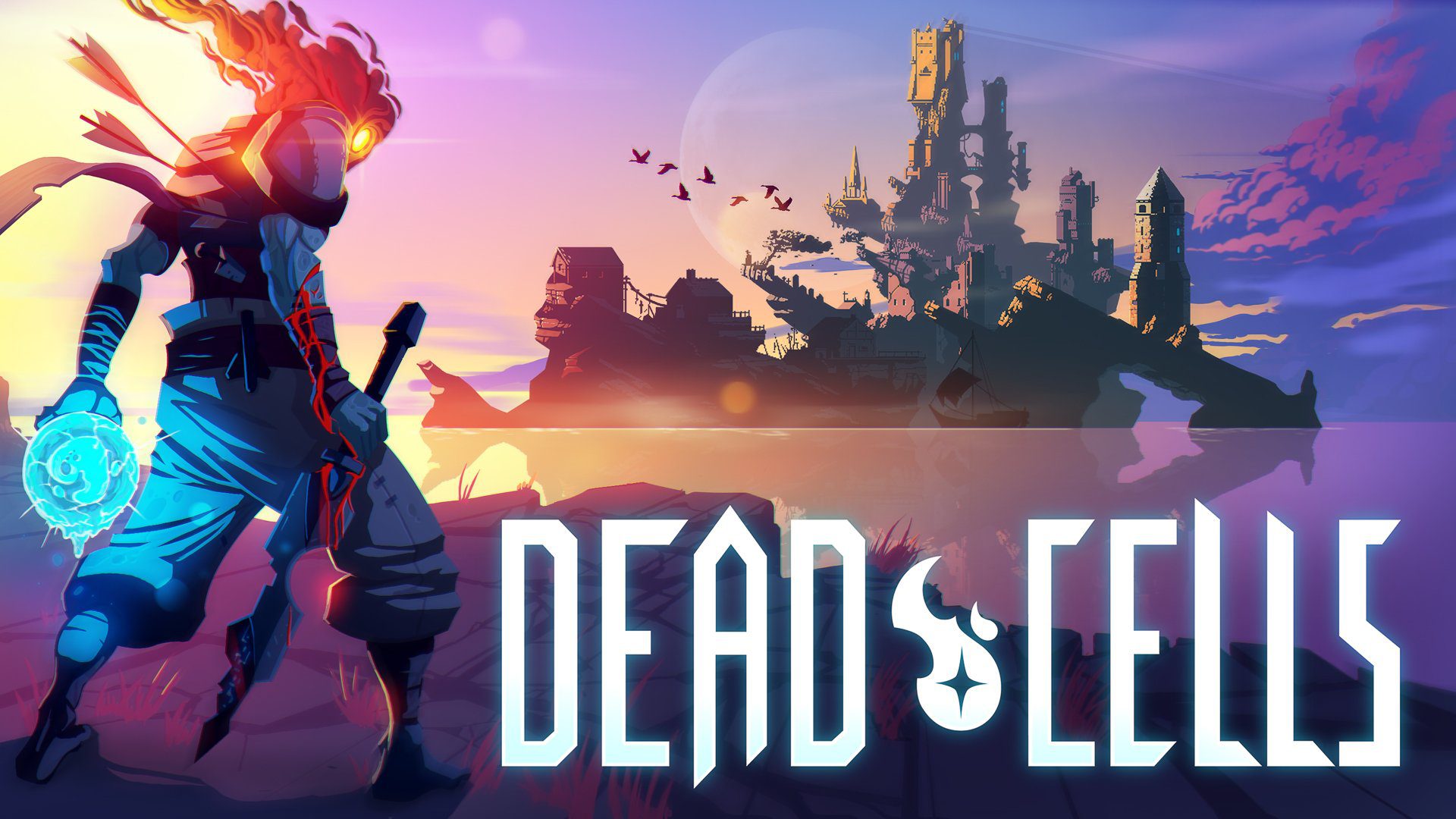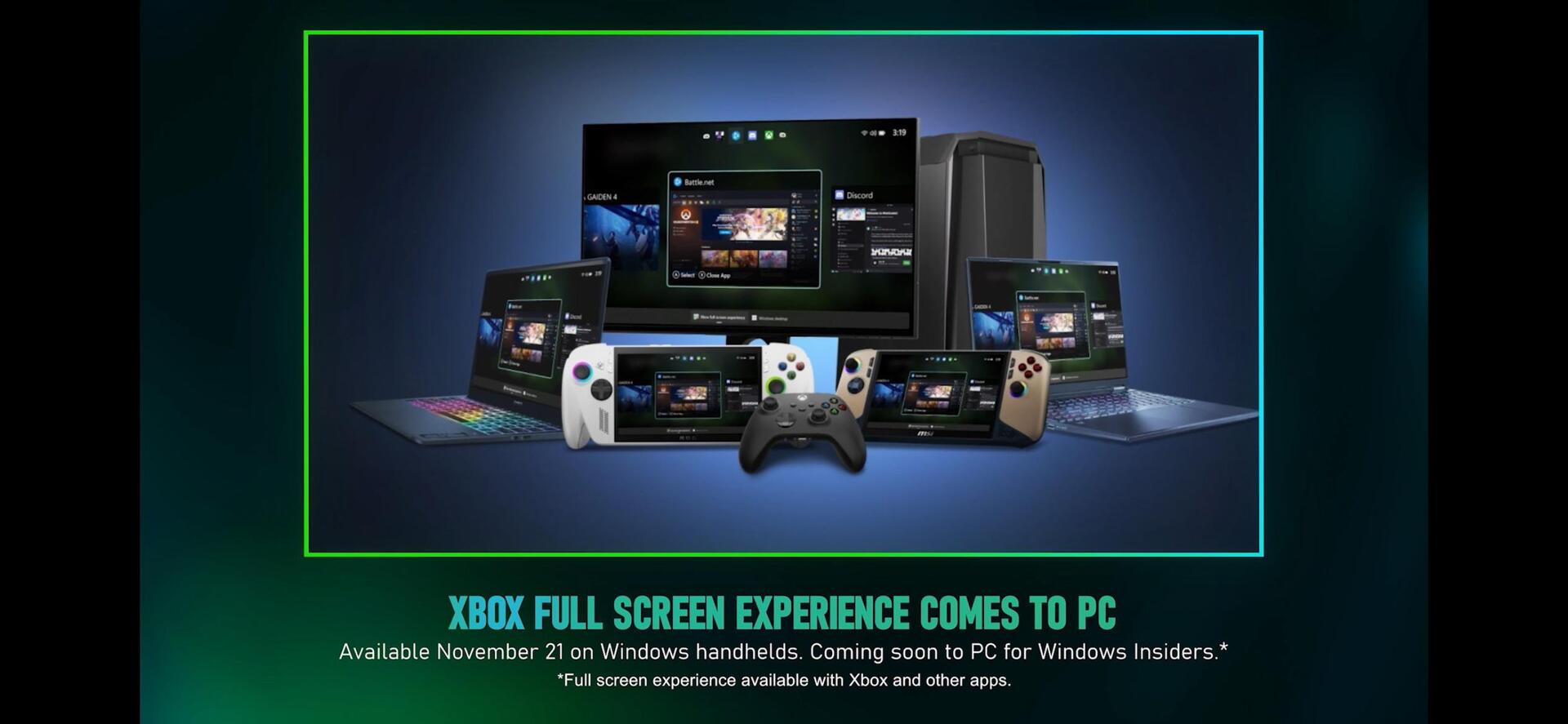By its nature, video games have always been linked to technology. Where will this marriage between art, leisure and the digital head?
More stories in the category Technology
- Get for free on iOS and Android the great Dead Cells
- The full screen Xbox experience available on all portable devices with Windows 11
- Requirements to get the new free version of Red Dead Redemption for Xbox Series
| Don't miss anything and follow us on Google News! |
Talking about video games is talking about technology. Both worlds have been walking hand in hand since Pong was conceived as an idea and executed as a game. Over the decades, we’ve seen how formulas, mechanics, and of course, graphics have improved at a tremendous pace with the arrival of new technologies. We’ve seen it with the leap from Xbox One to Xbox Series X|S, we saw it with the transition from Xbox 360 to Xbox One, and we noticed it even more with the transition from Xbox to Xbox 360.
But, where are we headed? The Microsoft ecosystem is expanding in the gaming arena, betting on Windows as the epicenter of the company’s gaming proposal. We already know that the company advocates for a future alongside AMD, where everything will revolve around Windows, not just for the individual user who wants to do some office work or work, but also for the player, with a system adapted to maximize the capabilities of consoles and devices in terms of video games. But what about the rest of the technology? What awaits us gamers in general?
AI, cloud, and blockchain: the three pillars of the future
Artificial intelligence, cloud systems, and blockchain are three technologies that are establishing themselves as the pillars of modern technology. We’re not just talking about the possibility of buying a video game using a cryptocurrency like ethereum in the future; we’re talking about mechanisms and procedures that are already revolutionizing the way we consume video games, as well as the way they’re developed.
We only need to look at Microsoft to realize this. The company is betting more than ever on Artificial Intelligence to prototype its video games and even establish systems that help conserve classics. There’s Muse, its generative AI model for video game gameplay that allows for the creation of simulated environments with almost real-time modifications. Ideal for developers. We also have examples like Ubisoft’s NEO NPC, a system developed in collaboration with Nvidia and Inworld to create more realistic NPCs, with fluid and natural conversations that react to what you do, what you say, and how you do it.
Solutions designed to facilitate game development and also provide players with more believable experiences. Although they’re not the only ones, the cloud, which has been present in Microsoft with Xbox Cloud Gaming for some time, will continue to establish itself to democratize access to video games. Just look at how there are already TVs that feature this Microsoft gaming platform, allowing you to enjoy the Game Pass catalog without needing an additional machine: just the controller, the TV, and an internet connection.
It’s something that will continue to be reinforced, just like the use of blockchain, which allows users to have greater privacy by protecting their information and decentralizing it. It’s another piece of these three pillars that are already marking the video game industry and will determine its future. The horizon is promising.






